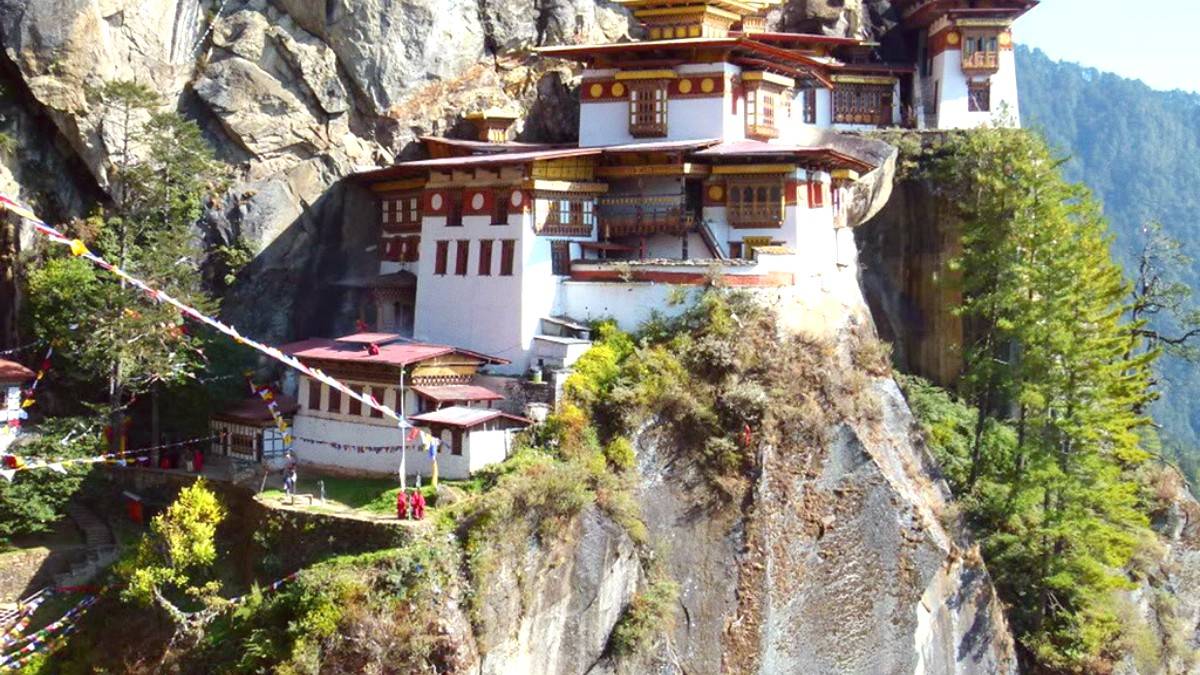
Northeast States, India
Dedicated backpacker hostels are few. Some guesthouses or homestays, especially in Kohima or Dimapur, might present dorm-style accommodation.
Frequent in towns like Kohima and Dimapur. They have rooms from basic to comfortable, often family-run, presenting a personal touch.
A popular and highly recommended choice, especially in villages. Homestays give an authentic cultural immersion, often including meals prepared with the family.
Available mainly in Dimapur and Kohima. These vary from budget-friendly choices to mid-range establishments. Boutique or higher-end hotels are developing.
Few in number. Some resorts locate on the outskirts of towns or in scenic areas, presenting amenities, space, and a quiet environment.
During festivals like Hornbill, temporary traditional Naga huts, modified for visitor stays, are sometimes available at places like Kisama Heritage Village.
Vacation rentals, like those on platforms such as Vrbo, are slowly appearing in Dimapur and Kohima. They are not as common as in major cities.
Organized campsites are limited. During the Hornbill Festival, temporary campsites or glamping options appear near Kisama Heritage Village.
A detailed breakdown of areas and their character.
Nagaland is generally safe across all tourist areas. Petty theft can occur in crowded market areas in Dimapur. Rural villages are very safe, with strong community ties and a welcoming attitude.
Staying in central Kohima or Dimapur presents access to transport hubs. For village experiences, proximity to attractions means staying within the village itself.
Smart booking strategies secure your preferred accommodation and save money.
Urban centers like Dimapur and central Kohima can be noisy and bustling, with traffic and market sounds throughout the day.
Village homestays present a tranquil and authentic ambiance. You will hear nature's sounds and village life.
A peaceful retreat from urban noise, with sounds of traditional activities often present.
Suggested accommodations for different budget levels and traveler types, highlighting cultural and historical significance.
For budget stays, look for local guesthouses or homestays.
These options provide more comfort and amenities.
High-end choices are few.
Options for families and solo travelers.
Experience India's first "green village," Angami Naga heritage, and successful community conservation efforts. Live among locals.
Staying in traditional Naga huts at Kisama brings an immersive experience, often part of festival packages, giving a taste of traditional living.
Overnight stays call for prior arrangement for huts or camping. An entry fee applies, with additional fees for camping, porters, or guides.
Accommodation mainly involves basic homestays. Culturally immersive, remote, and lacks modern amenities. Explore Konyak Nagas and headhunting history.
Presenting an unique insight into Konyak Naga culture, including interaction with former headhunters and traditional longhouses. A remote but authentic experience.
Known for Ao Naga culture. Accommodation typically consists of basic guesthouses or homestays. Culturally rich, authentic village life.
This museum gives a comprehensive overview of the rich culture, traditions, and history of the Naga tribes. A helpful first stop for visitors.
Near Kohima, this village hosts the annual Hornbill Festival. It showcases 'morungs' (traditional Naga huts) representing major tribes.
The capital city offers diverse settings.
Commercial hub and culturally rich villages.
Staying in central Kohima or Dimapur presents better access to transport hubs (shared taxi stands, bus stands). This is easy for daily excursions and inter-town travel.
For village experiences, proximity to attractions means staying within the village itself (homestays). This lets you walk to local points of interest and take part in village life.
Upper Kohima areas give peace and views, closer to historical sites like the War Cemetery. Aradura Hill also gives tranquil, scenic options.